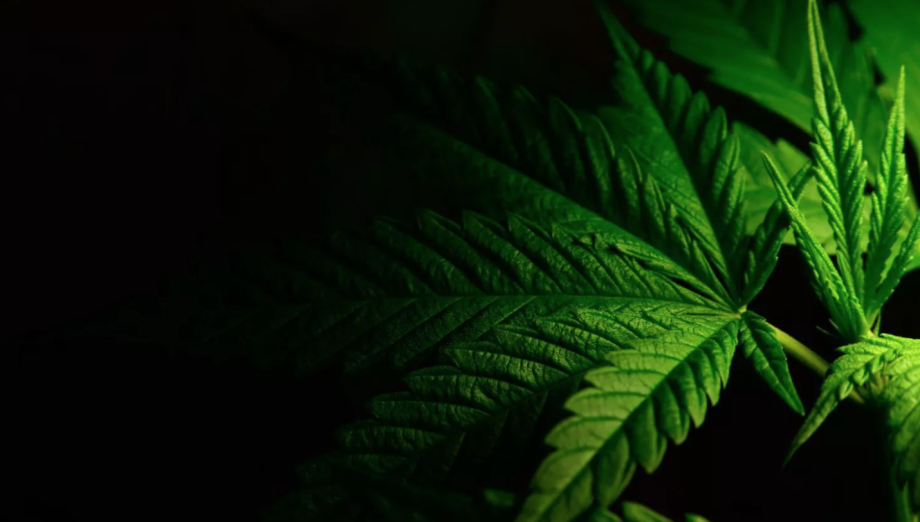Exploring the Healing Power of CBD Treatments at Alpine Spa and Salon
Exploring the Healing Power of CBD Treatments at Alpine Spa and Salon
At Alpine Spa and Salon, we’re thrilled to introduce a range of exclusive CBD treatments powered by Hemp of the Rockies products. Our partnership with this locally-owned business brings you a unique line of CBD-infused therapies meticulously crafted to elevate your wellness journey. These CBD treatments are a testament to our commitment to offering cutting-edge and effective solutions for our patrons.
Unveiling the Healing Potency of CBD
Hemp of the Rockies has dedicated substantial time collaborating with scientists to produce exceptional CBD products. Each offering has undergone rigorous testing and holds a Certificate of Analysis from a reputable third-party lab. These exclusive CBD treatments, available solely at Alpine Spa and Salon, bring forth a new era of relaxation and rejuvenation.
The Transformative CBD Treatments
CBD Body Massage: Indulge in the bliss of our CBD-infused body massages. Ranging from 30 to 90 minutes, these massages utilize CBD oil topically, aiming to alleviate inflammation, soreness, and pain, resulting in a deeply relaxing experience.
CBD Magnesium Massage: Experience the therapeutic benefits of our CBD Magnesium massage. Combining CBD Magnesium lotion and CBD oil, this treatment targets muscle pain, promoting faster recovery, and enhanced relaxation.
CBD Body Treatment: Our CBD Body Treatment involves a holistic approach, beginning with a full-body dry brush, followed by a CBD sugar scrub and a CBD hydration application. The result? Nourished skin and relieved muscles and joints.
CBD Facial: Our customized CBD Facial uses CBD products to enhance circulation, moisture retention, and skin tightening. This treatment reduces inflammation, leaving your skin luminous, youthful, and revitalized.
Embrace the Complete CBD Experience
Book two hours or more of our CBD services and enjoy a 10% discount with our Ultimate CBD Package. Immerse yourself in the full benefits of CBD from head to toe, embracing the holistic advantages these treatments offer.
At Alpine Spa and Salon, our mission is to curate experiences that elevate wellness, and our CBD treatments exemplify our dedication to providing innovative, effective, and exclusive therapies for our valued clientele. Rediscover relaxation and rejuvenation with our exclusive CBD treatments, available nowhere else but here.



